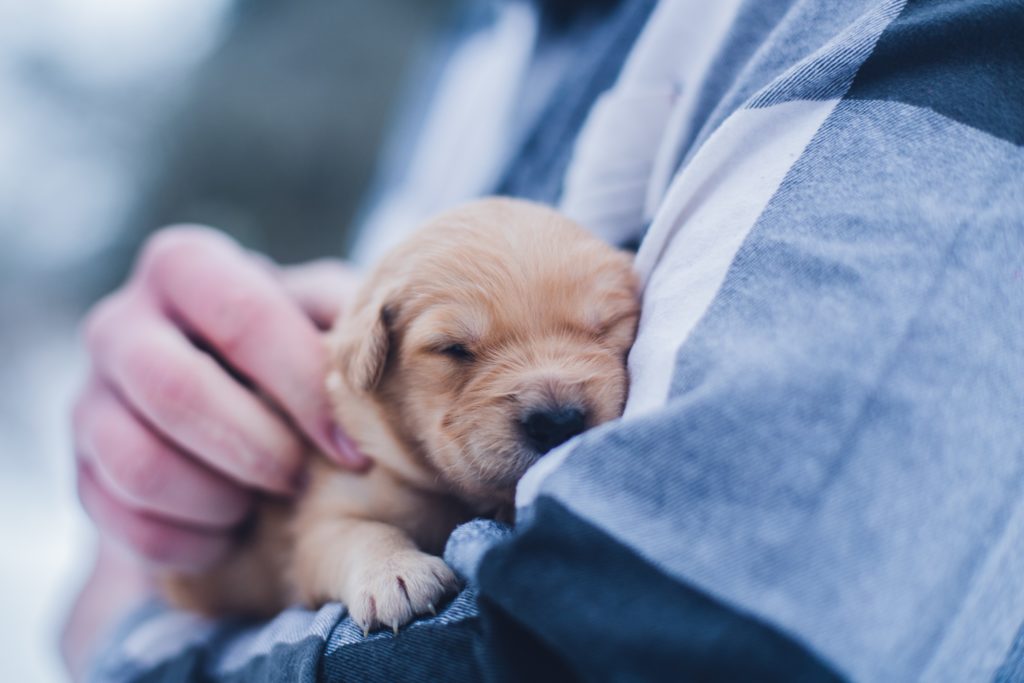All fields are required
Posted in E. coli,Food Safety,Our Blog,Outbreaks & Recalls,Salmonella on October 17, 2019

We all want what is best for our furry friends, myself included. We lost several animals in the last year and that is always a hard pill to swallow, especially when they are members of the family. We make choices on the medical care, how they live within our homes and one of the biggest things: what to feed them. Read on to learn the real raw pet food danger.
In my many years of animal ownership we have dealt with many dietary restrictions, digestive issues and even issues that involved me making a rice mixture with cooked chicken to settle an upset stomach, especially when we had German Shepherds who are known for stomach upset.
Lately the internet has been full of articles, recipes, etc of people raw feeding their pets. While this is the newest “trend” in internet world it isn’t exactly the best option for humans. Why? Well handling anything raw is definitely not the best choice.
Most pet owners do not think feeding their animals with raw food increases infection risk, according to a study.
Feeding salmon and turkey, using more than 50 percent of the diet as raw foods and preparing such food in the same place and with the same utensils as the family foods had a negative association with infections.
A positive correlation with infection was found in relation to children between two and six years old living in the household, even though most of the infected individuals (90 percent) were adults.
The survey was available from July 2017 to February 2018, was targeted to dog and cat owners who feed pets with raw animal products and was translated into English, Finnish, Swedish, Spanish and Portuguese.
Hill’s Pet covers many dangers of raw feeding your pets:
A two-year study conducted by the U.S. Food and Drug Administration from 2010 to 2012 found that raw pet food is more likely than other types of pet food to carry bacteria, including Salmonella and Listeria monocytogenes that cause food borne illnesses. This study prompted the FDA to issue a warning about the public health risks of raw pet food diets. Not only that, but veterinary organizations, like the American Animal Hospital Association, officially recommend against feeding raw meat-based diets to dogs, as does the American Veterinary Medical Association.
While it’s possible that your dog could get food poisoning from eating raw meat infected by Salmonella, E. Coli, or other disease-causing bacteria, it’s more likely that your dog could himself become a carrier, says The Whole Dog Journal. A dog’s stomach acid may neutralize infectious bacteria before they make him sick, but there’s a chance he could still pass the bacteria to other dogs or people he comes into contact with. What’s even more troubling is that a 2011 study in The Canadian Veterinary Journal found that much of the Salmonella found in dogs fed raw meat diets was a type that’s resistant to antibiotic drugs.
While so many signs point to the answer being no that dogs should not eat the raw diet many people continue to feed them these foods. Dog owners are cautioned that there could be bones within the meats that would cause obstructions and other health issues that could be costly or even worse deadly to your beloved pet. If you should choose to raw feed your dog please abide by the rules:
It’s also a good idea to wear disposable gloves while handling your dog’s food and to feed him on disposable plates. Because young children and the elderly are especially susceptible to foodborne illnesses, they should never come into contact with this type of dog food.
The threat of raw pet food danger goes even further than just the food. Your pet’s stool is also a potential source of contamination. Be sure to collect and safely dispose of your dog’s stool, taking care not to come into contact with it. Thoroughly wash your hands with soap and water when you’re done.
While many people are still allured by the idea of raw feeding their dogs often with meat that has been freezer burned (yes I see the wanted ads on social media requesting freezer burned meats and vegetables to feed pets) we will choose to give our furry children kibble and prepared packaged foods that were made with their diets in mind. Thankfully I can even have them delivered right to my door after ordering in my pajamas and snuggling my pets on the couch. No harm no foul and if there is a recall which unfortunately does happen from time to time I am likely to become aware through articles on the internet just like this one.
Stay safe pet lovers!
By: Samantha Cooper, Contributing Writer (Non-Lawyer)